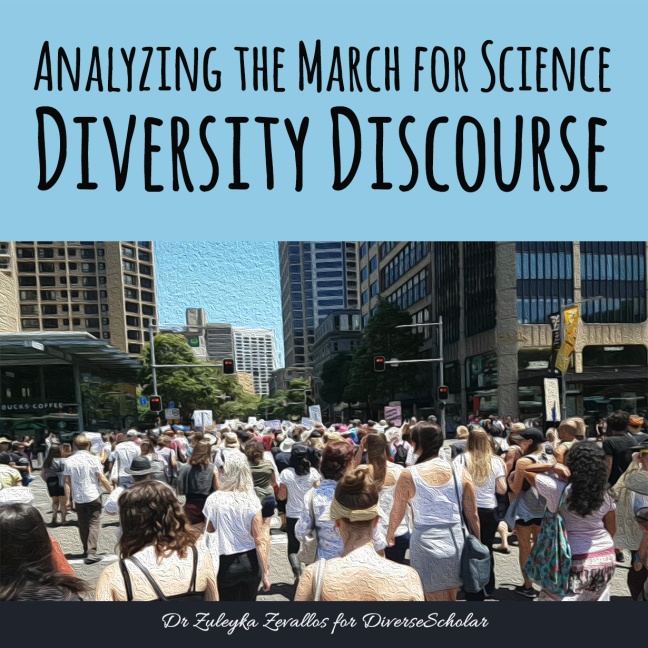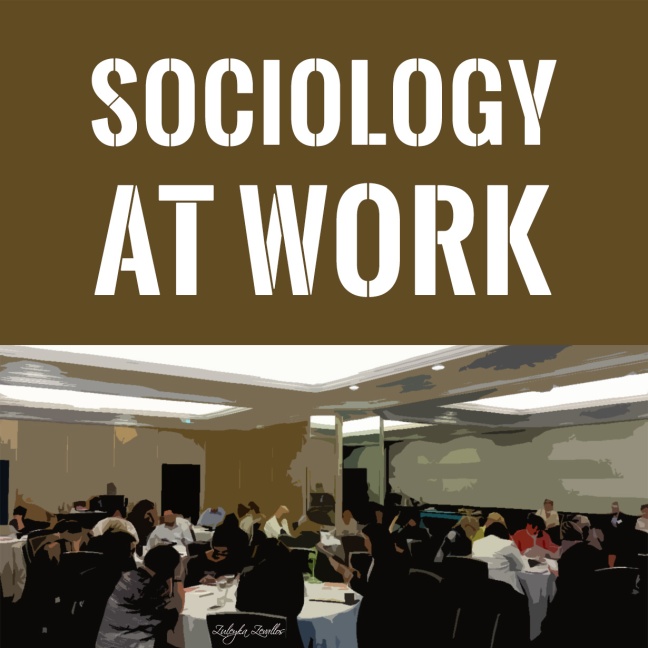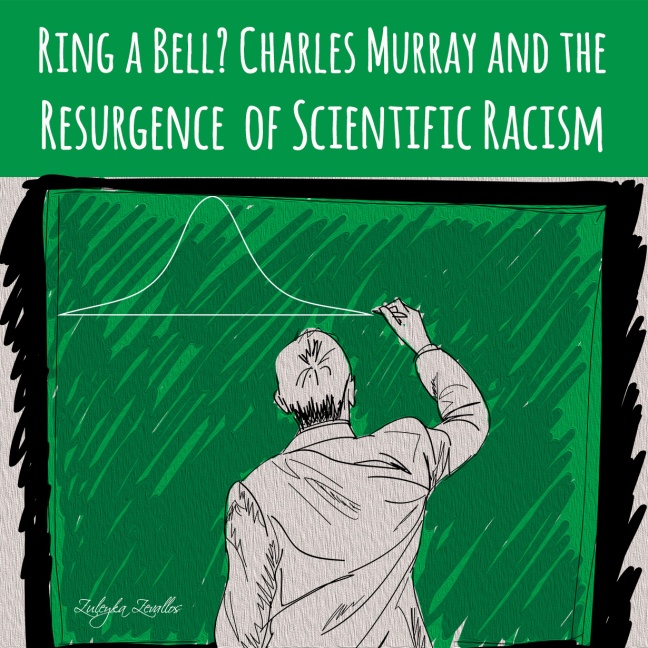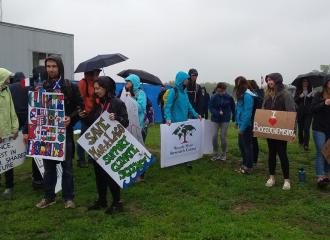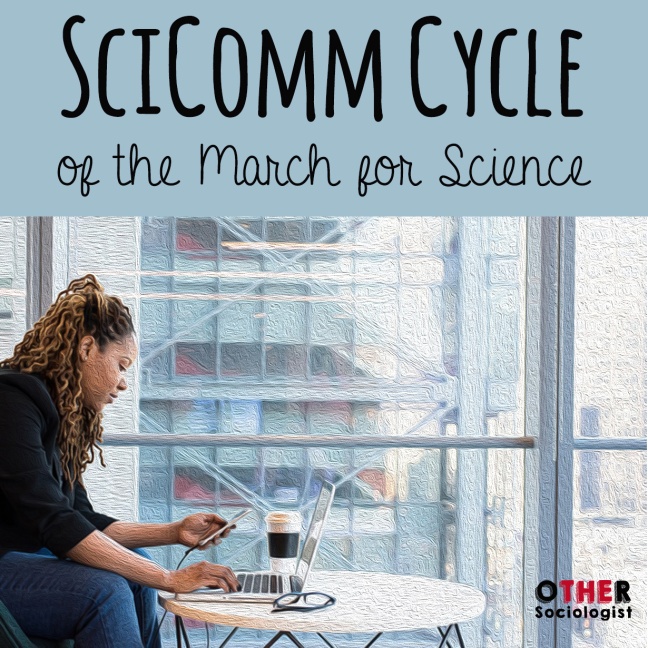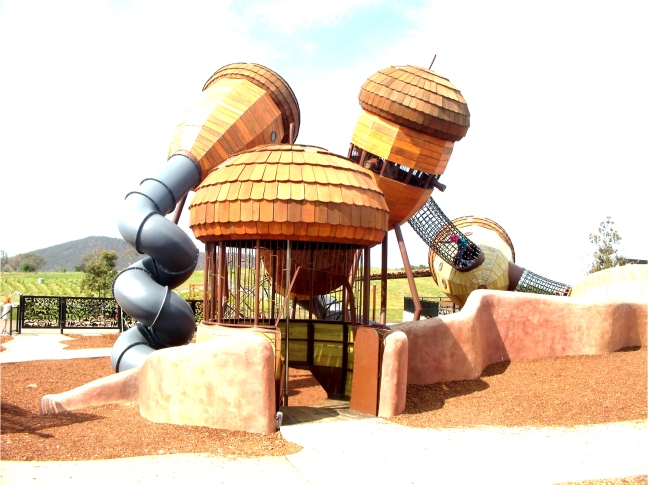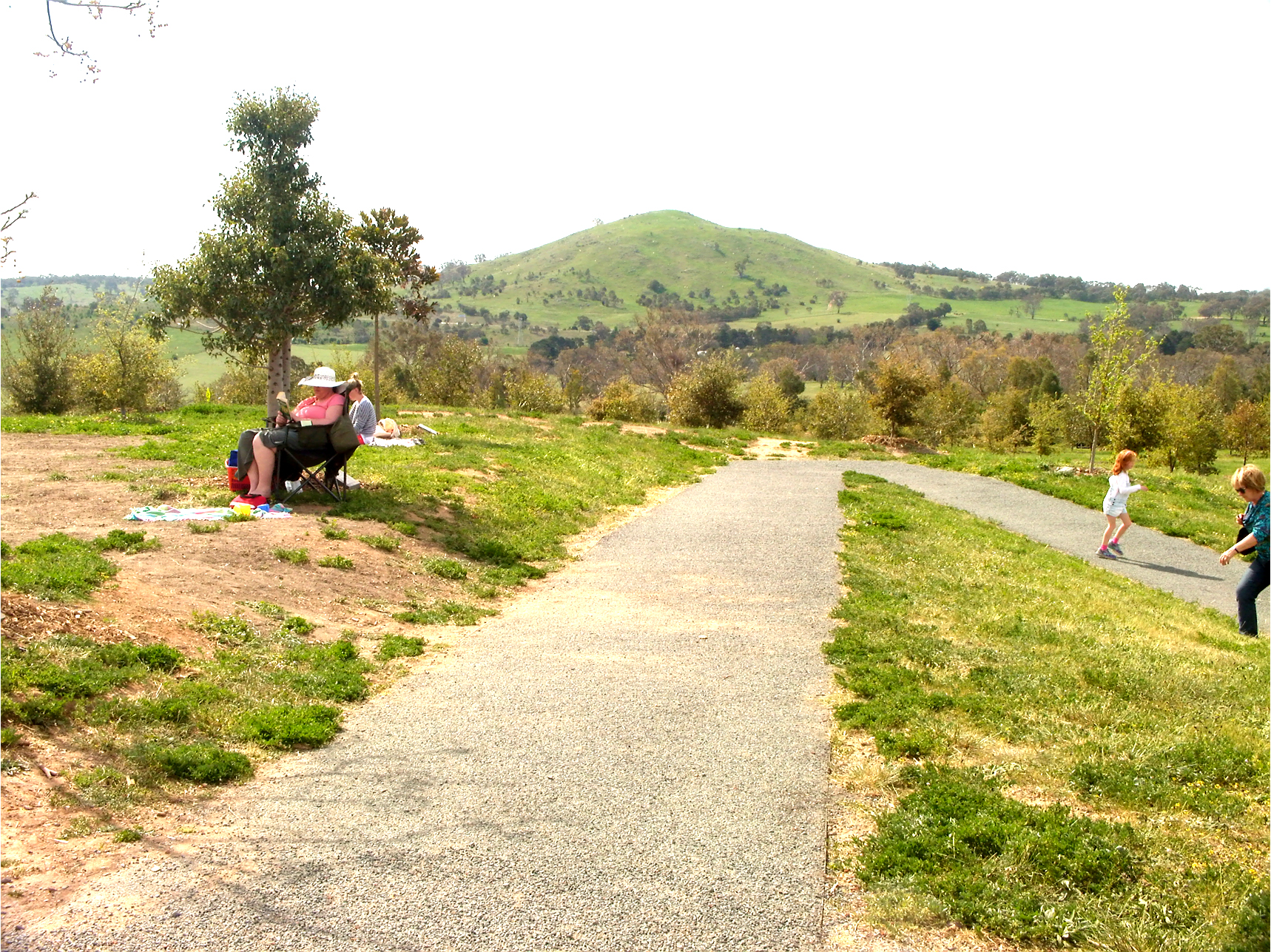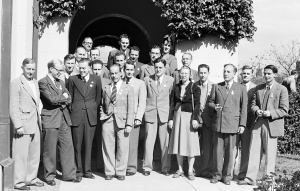This article was first published on DiverseScholar, on 27 March 2017.
Given the high profile of the Women’s March against the Trump Administration on January 21, 2017, the March for Science (MfS) seeks to rally against the science policy changes, funding cuts, gag orders, and the administrative overhaul of science organisations by the Trump Government.
The March for Science is scheduled to occur globally on April 22 in over 400 cities. The aims and functions of the march have been drastically altered in the first two months of its existence, especially as the organisers began to receive critique from the scientific community regarding diversity issues. By setting up the march as being “not political” and by reproducing various problems of gender inequality, racism and other forms of exclusion, the march organisers have inadvertently created an anti-diversity discourse, which has been subsequently adopted by a vocal majority of the MfS supporter base.
In sociology, the concept of discourse describes how language comes to convey and justify dominant ways of thinking, talking, and behaving. Discourses are built around the social identities, values, interests, and power of dominant groups. This means that the stories we tell about “why things are the way they are,” reinforce the status quo, and thus justify the reasoning, policies, and practices of groups that already have institutional control.
The idea that White men are the taken-for-granted norm of what it means to be a scientist is learned early in school, and then reinforced throughout education, career progression, prestigious prizes, and the publication and funding systems. Institutional mechanisms in science serve to reinforce a discourse that naturalises White men’s dominance in science.
My article on DiverseScholar shows how the MfS organisers have come to reproduce the existing discourse of science, by normalising the interests of scientists who are White and from majority backgrounds. I present an analysis on public reactions to the third (of four) MfS diversity statements that reflect this position.
I analysed 354 comments and over 3,300 reactions to the MfS diversity statement. There were two broad response types to the March for Science diversity statement on the public Facebook page: comments were either discouraging or encouraging of the MfS diversity statement.
The discouraging comments fell into four sub-groups: people who felt that diversity was either politicising or dividing the practice of science; and those who felt that diversity was depreciating or distracting from the goals of the march more specifically.
The encouraging comments included individuals who felt uniquely positioned to be informing others about why diversity is important to the march, and supporters who thought that diversity is enhancing science more generally.
Discourses reflect the history, culture, identity, and politics of those in power. To make the MfS truly inclusive, the organisers need to think more strategically about how to manage misconceptions about science. They will also need to be more proactive in promoting a new discourse about the march.
Read more on DiverseScholar. Cross-posted on my website.
